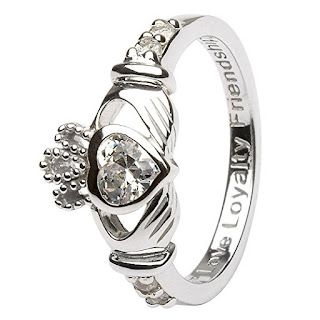Have you ever wondered how wedding invitations
were handled before the invention of the printing press? In Medieval England, the town crier or bellman was in
charge of passing on all the latest news, proclamations and other important
information. This included wedding invitations! In this day when we need a count of how
many people are attending, can you imagine wedding invitations delivered to the
general public like this? In those days, everyone who heard the announcement was basically invited.
Oral wedding invitations
Wedding invitations delivered by the town crier were
accompanied by the ringing of a loud hand bell in order to draw attention to
the message being delivered. The message started with “Oyez” (pronounced oh yay) which is derived from the French
ouïr (to listen). It basically means,
“here this.” He announced the names of the bride and groom along with the time and
date of the wedding. As long as you were not among those shunned by the family,
if you heard the announcement, you were invited to the wedding. However, such
announcements were reserved for important weddings among nobility and
aristocracy, not everyday commoners. Common people had to just trust word of mouth to
get the invitations out.
Hand penned wedding invitations
During the Middle Ages, some of these well-to-do
couples commissioned monks to hand pen their invitations using their expertise
in calligraphy. Such invitations were elaborate and hand delivered, and those
who received them were most likely able to read.
Evolution
of the wedding invitations in the newspaper
Once Gutenberg invented the printing press in 1447,
the town crier’s responsibilities gradually changed with the advent of
newspapers, and it became commonplace to place wedding invitations in the local
newspaper. In the mid-1600s, engraved wedding invitations came on the scene. These
were similar to wedding invitations today. By the Victorian-age, these
wedding invitations were commonly used in America, but because of the
unreliability of the postal system of the day they were often hand delivered until
the early 1900s. Even then, a double envelope system was used to ensure the
invitation would arrive without being spoiled reroute. Today the double
envelope system is still commonly used but now it's more a matter of tradition.
Commercially printed wedding invitations came into vogue in the 1950s making wedding invitations more affordable for everyone. Today, the use of letterpress is popular, as well as digital printing, with several outlets making wedding invitations convenient to personalize and buy online.

Affordable wedding invitations online
The following online venues offer a vast selection of affordable
wedding invitations:






